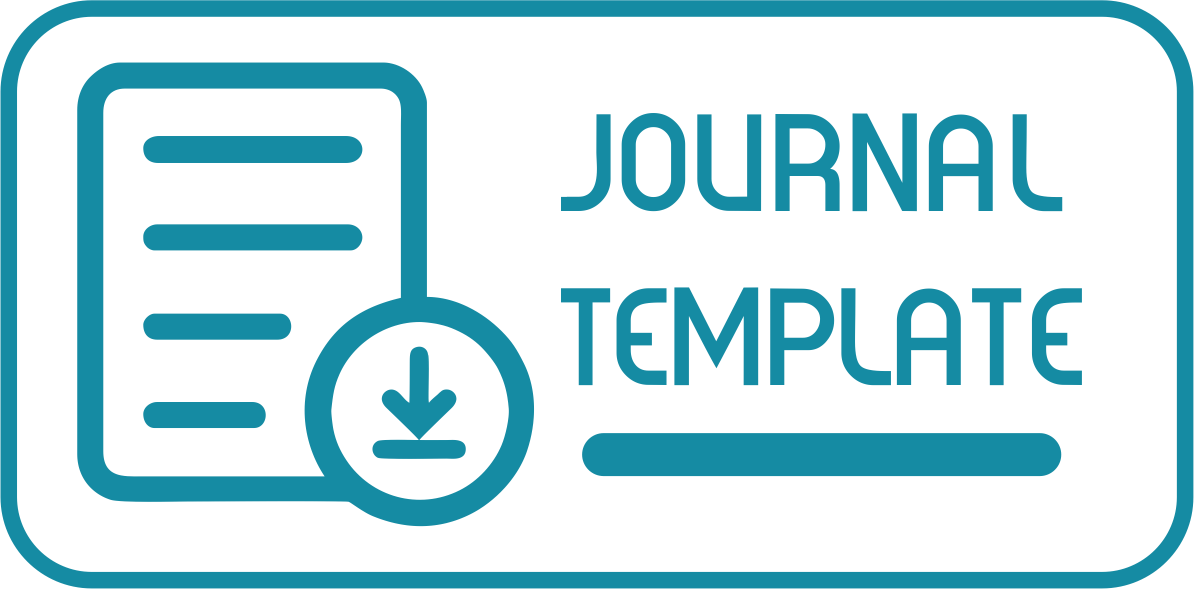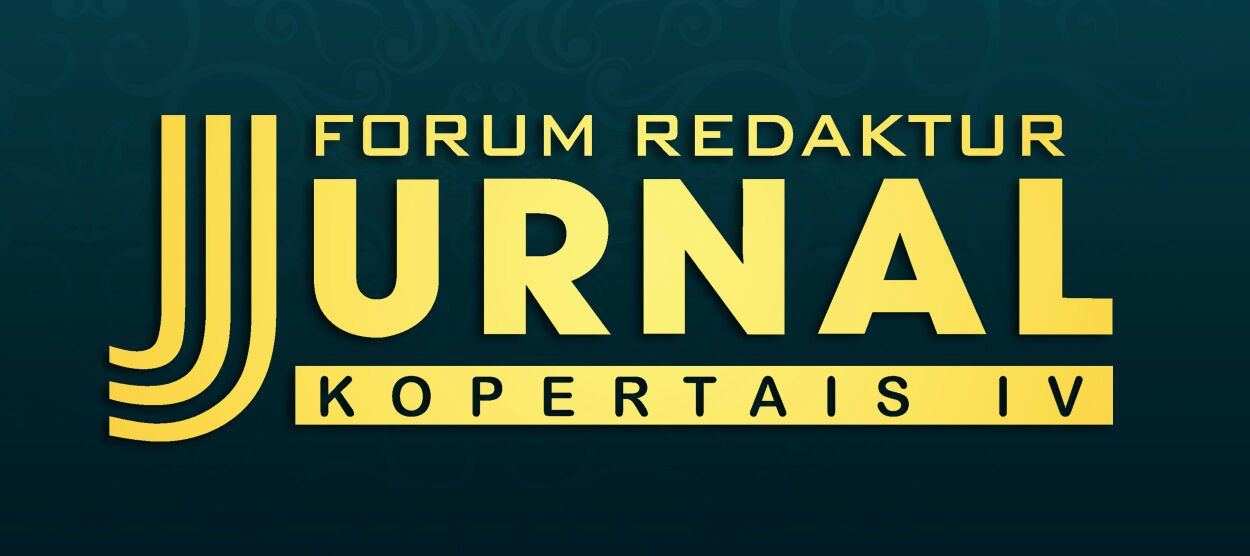PENERJEMAHAN PEGON DALAM KITAB KUNING PESANTREN
DOI:
https://doi.org/10.35897/intaj.v6i1.730Keywords:
syntactic, lexical, subscript, superscriptAbstract
This study aims at explaining the writing technics and principals as well as the translation of “pegon” script in “kitab kuning” as it is applied in the tradition of “pesantren”. It concludes the following points. First, the writing technique of “pegon” script is based on the vowels used in Malay and Javanese language which is assimilated to the writing technique of the Arabic language. Second, any signs showing the indicator of syntactic parsing are written above the main text (superscript). Third, any signs showing the lexical access are written below the main text (subscript). Fourth, any dependant word particle (huruf) is not given any sign, so it should be memorized. Fifth, any signs of reference are written following the rule of similarity between the sign on the reference and the referred word. These latter signs are written following these rules: (1) any signs for the reference are written below the main text (subscript), and any signs for the referred word are written above the main text (superscript), (2) any signs of reference that refers to any words, phrase, or sentence located too far from the reference are written by using a kind of footnote
Downloads
References
Abbas, KH. Surdjuddin. 2011. Thabaqatus Syafi’iyyah; Ulama-ulama Syafi’i fan Kitab-kitabnya dari Abad ke Abad. Jakarta Selatan: Pustaka Tarbiyah Baru
Ajurum, Ibnu. tt. Matan Al-Ajurumiyyah. Semarang: Toha Putra
Al-Ghulayaini, Musthafa. 2005. Jami’ Ad-Durus Al-Arabiyyah (vol. 1). Beirut: Maktabah Al-‘Aashirah.
Al-Jurjani, Abdul Qahir. tt. Al-Awamil Al-Jurjani. Surabaya: Al-Hidayah
Anam, Khoirul. 2018. Bahtsul Masail dan Kitab Kuning di Pesantren. Dalam: The International Journal of Pegon Islam Nusantara Civilization. Vol. 1, No. 1. 2018. Hlm: 103-138
Ardiansyah, Ade Arip. 2020. Implementasi Metde Ibtidai dalam Pembelajaran Kitab Kuning di Pondok Pesantren Hidayatul Mubtadiien Majalengka. Dalam: Al-Ittijah. Vol. 12, No. 01. 1-14
Bruinnessen, Martin van. 1990. Kitab Kuning; Books in Arabic Script Used in The Pesantren Milieu. Dalam: Bijdragen tot de Taal-, Land- en Volkenkunde 146 (1990), no: 2/3, Leiden, 226-269
-----. 1994. NU, Tradisi, Relasi-relasi Kuasa, Pencarian Wacana Baru. Yogyakarta: LKIS
-----. 1995. Kitab Kuning, Pesantren & Tarekat, Tradisi-tradisi Islam di Indonesia. Bandung: Mizan
Creswell, John W. 2014. Research Design, Qualitative, Quantitative, and Mixed Methods Approaches. SAGE Publication Inc. hal: 19
Dhofier, Zamakhsyari. 1982. Tradisi Pesantren, Studi Tentang Pandangan Hidup Kiai. Jakarta: LP3ES
Eco, Umberto. (1979). A theory of Semiotics. Bloomington: Indiana University Press.
Lubis, Turkis. 2009. Al-Taqaabul Baina Al-Lughatayn Al-Arabiyah wal Indunisiyyah (The Contrastive Language between Arabic & Indonesia). Dalam: Jurnal Lingua. Volume 4, Nomor 2, 220-237
Mas’ud, Abdurrahman. 2004. Intelektual Pesantren; Perhelatan Agama dan Tradisi. Yogyakarta: LKIS
Rasyid, Moh. 2020. Kitab Pegon dan Penanaman Prinsip Dasar Keislaman: Studi Kasus Kampung Santri Tarjumah di Tambangsari, Pati, Jawa Tengah. Dalam: Al-Tsaqafa : Jurnal Ilmiah Peradaban Islam. Vol. 17 No. 1, 2020.
Ridlowi, Achmad. 2018. Implementasi dan Problematika Pembelajaran Kitab Kuning Dengan Arab Pegon (Studi di Ponpes. Al-Falah Karangrejo Pacitan). Dalam: Transformasi: Jurnal Studi Agama Islam. Vol. 11, No. 1.
Sunanto, Musyrifah. 2005. Sejarah Peradaban Islam Indonesia. Jakarta: Rajawali Press
Veerhaar, J. W.M.. 2012. Asas-asa Linguistik Umum. Yogyakarta: Gajah Mada University Press. Halaman: 101
Wahyuni, Sri & Ibrahim, Rustam Ibrahim. 2017. Pemaknaan Jawa Pegon dalam Memahami Kitab Kuning di Pesantren. Dalam: Jurnal Studi Islam Manarul Qur’an. Vol.: 17. No. 1, Desember 2017
Yakina, Halina Sendera Mohd. & Totu, Andreas. 2014. The Semiotic Perspectives of Peirce and Saussure: A Brief Comparative Study. Dalam: Procedia - Social and Behavioral Sciences 155 ( 2014 ) 4 – 8
Downloads
Published
How to Cite
Issue
Section
License
Copyright (c) 2022 R. Ahmad Nur Kholis, Ahsanul

This work is licensed under a Creative Commons Attribution-NonCommercial 4.0 International License.







